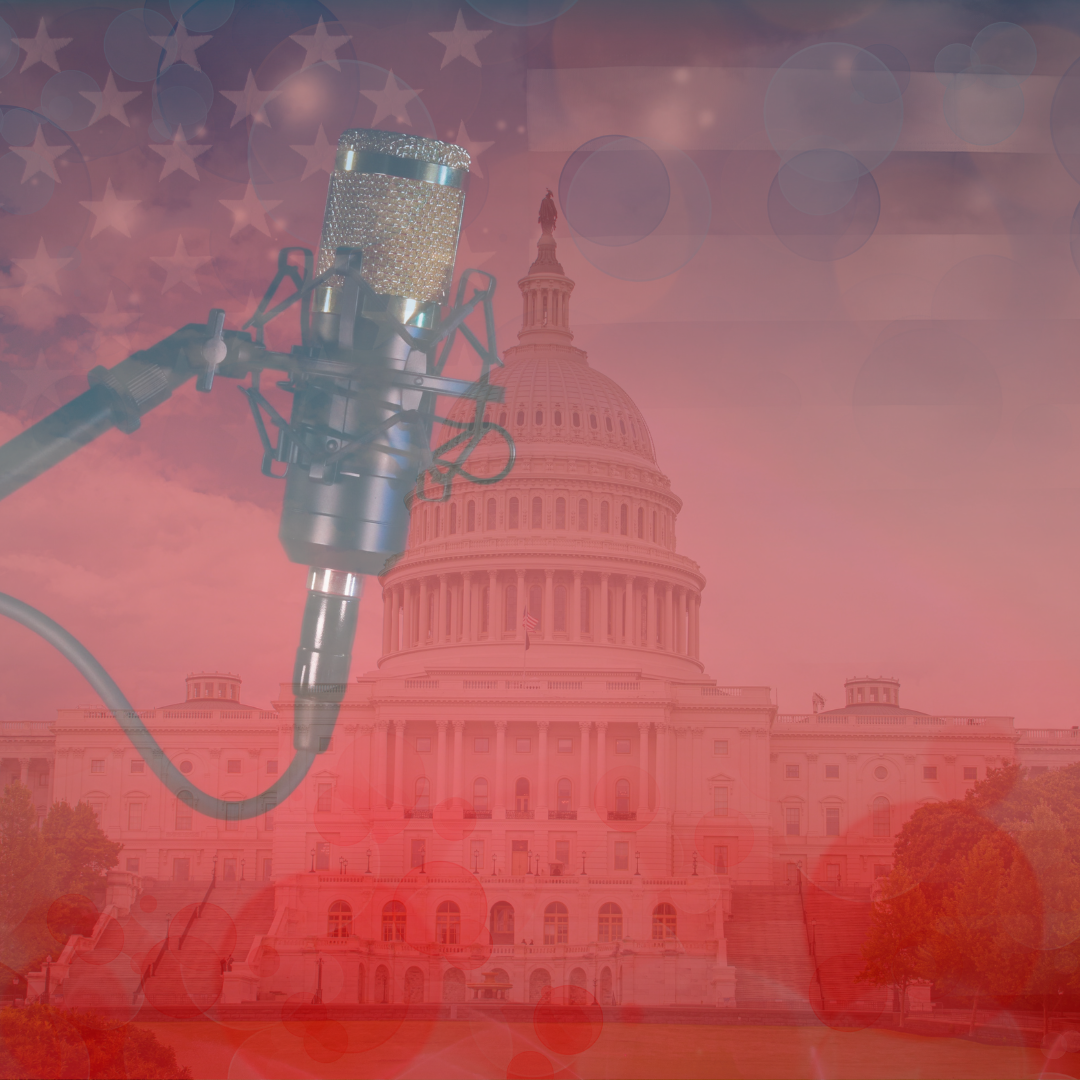The Fate of the Arts in Education
Privatization and fascism are doing everything that they can to destroy the arts in education.
I have been in some form of employment within the nonprofit industrial complex for almost 20 years. My roots in this work were born of a reality that I didn’t quite understand, as it was not an experience I had as a young student, an education without art. I grew up in a small rural township in the northwest part of New Jersey, a community of largely working, middle-class families on the lower-income side of the spectrum. This is important because I grew up in a world where the only choice locally was to either attend a public school or a couple of Catholic schools, which were private. Public schools in the early to mid-’80s in New Jersey had curriculums that taught core subjects (and this was a time before standardized testing was used to dominate and dilute those curriculums and subjects) and within that core, the arts were included. I first touched a musical instrument when I was in the first grade, a recorder. I participated in chorus and theater, and I took art classes all throughout middle and high school. It felt almost like a right, so obvious and common that I would never have conceived of a school curriculum devoid of it.
Another aspect of my experience as a young student was the complete and total lack of any religion within our school. Outside of singing “God Bless America” every morning during elementary school (something that disappeared entirely by the time I was in middle school), there was no mention of God whatsoever. References to Christianity, Islam or Judaism in my studies were confined to discussions of world history and geography. Despite my education’s inherent flaw of being euro-centric (white supremacist) on one level, there was a completeness to it — what people would call a classical education — through the inclusion of the arts. Art was not only included but was seen as necessary and central along with arithmetic, science, history and language arts. So, as a teaching artist in my mid-20s, it was hard to fathom a school where almost no time was devoted to creative writing or music. I couldn’t grasp how a student could learn with a curriculum designed solely to foster rote learning.
During this time, the popularity of charter schools had begun to rise and flourish. It was also high time for institutions to become what I had stumbled upon, nonprofit “arts education.” For me, the idea that I as an artist (an emcee, writer and poet) would be given time and space in a classroom both during and after school to work with young people felt both revolutionary and purposeful. There was a war on public schools and a war on education. As a teaching artist, I felt like I was on the front lines of that struggle. I would be able to provide students with the tools and means to think critically and understand the world around them for themselves. I felt as if I had found a mission. My purpose, and the meaning of my own created art, began to be funneled through my work as an educator. It concretized my experience, and my thoughts, into tangible action. I was able to develop the minds of youth, help them sharpen their voice and grow their love of expression while giving them space and strategies to deeply understand the world around them, as well as themselves.
Similar to moving from adolescence into adulthood, the process of maturation comes with the realization of painful realities and truths. As my position within the nonprofit industrial complex changed, so did my frame of reference and my understanding of it. I was not wholly naive to its realities, and I still believed a positive role could be played as a teaching artist on a very localized scale. However, as a director, the reality became clear that at best I was a part of a stopgap, and not a revolution. Even worse, I was in a fragile ecosystem that was a construct. This ecosystem was susceptible to being integrated and assimilated by the economic and political forces that, as a teaching artist, I was a counter against. This reality has been demoralizing, and also frightening. It meant that my hopes and beliefs about the impact of teaching the arts within the public school system, which was a plug in the leaking public school system, were diminished, while the system itself was being defunded more and more by the day. It meant that at any moment, a change of funding or funder could inexplicably decimate the work being done, or worse, could dramatically transform it into something unhealthy and dangerous to the youth I had dedicated myself to helping, supporting and developing.
I work now as an education manager in Brooklyn, New York, one of the boroughs of New York City, where we — like so many other cities, towns and states across the country — are in a fiscal decline. It means that every day my work is under the threat of ceasing to exist — or at least ceasing to exist in a meaningful way, a way that is moving generations toward a full understanding of the world around them and a thoughtful understanding of themselves with care and grace. The country where I live is returning to its very violent and defective roots. The rise of fascism and the desire for a Christian-centered neo-theocracy and, worse, Christian absolutism mean that political forces are heavily at work to delegitimize known, irrefutable facts about child development. These aren’t new dangers or new battles — all of this has been a part of a long-protracted war against independent and critical thought, as well as radical and classical education. The war has long since been lost, before I became a director, before I even understood what it meant to be a teaching artist. The reality of the arts in education, and both arts and education separately, in this country is damning. The fate of it might have long ago been written, and the price we pay, as well as its effects, is only beginning to be fully realized and understood. The future, from my view, is dark.





